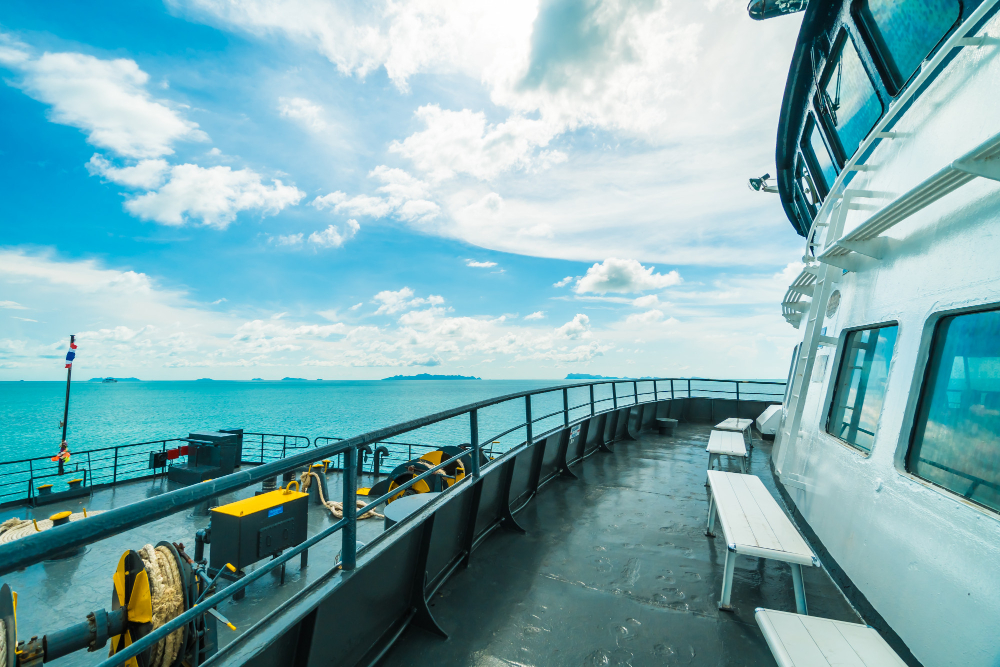
A freshwater generator on a ship is a crucial piece of equipment designed to produce fresh, potable water from seawater. Ships operating on long voyages cannot rely solely on stored freshwater, as the space required to carry sufficient water would be impractical. Instead, they use freshwater generators to continuously produce fresh water while at sea, ensuring a consistent supply for drinking, cooking, cleaning, and other essential functions.
How Does a Fresh Water Generator Work?
Freshwater generators typically operate using the principle of distillation, where seawater is heated and converted into vapor, which is then condensed back into liquid form, free from salt and other impurities. The most common type of freshwater generator found on ships is the vacuum distillation system.
1. Vacuum Distillation Process
- Seawater Intake: Seawater is pumped into the freshwater generator, where it is initially passed through a series of heat exchangers. These heat exchangers use waste heat from the ship’s engine or other machinery to preheat the seawater, making the process more energy-efficient.
- Evaporation: The preheated seawater is then introduced into an evaporator chamber, where the pressure is reduced to create a vacuum. Under these low-pressure conditions, the seawater boils at a much lower temperature, typically between 40°C to 60°C, requiring less energy to convert it into steam.
- Condensation: The steam generated from the evaporator rises to a condenser chamber, where it comes into contact with cold seawater flowing through separate tubes or plates. This causes the steam to condense back into liquid form, now as freshwater.
- Collection and Distribution: The condensed freshwater is collected and transferred to a storage tank, from where it can be distributed throughout the ship for various uses. Any remaining brine (concentrated saltwater) is pumped overboard, carefully managed to avoid environmental harm.
Benefits and Importance
Freshwater generators are vital for a ship's autonomy at sea, eliminating the need for frequent resupply stops just to restock water. By utilizing waste heat from the ship's engine, these systems are also energy-efficient, reducing operational costs. Moreover, they ensure that the crew has access to a reliable source of clean water, which is essential for health and hygiene, particularly during long voyages.
In summary, a freshwater generator is an indispensable system on modern ships, efficiently converting seawater into the freshwater needed to sustain life and operations at sea.

































